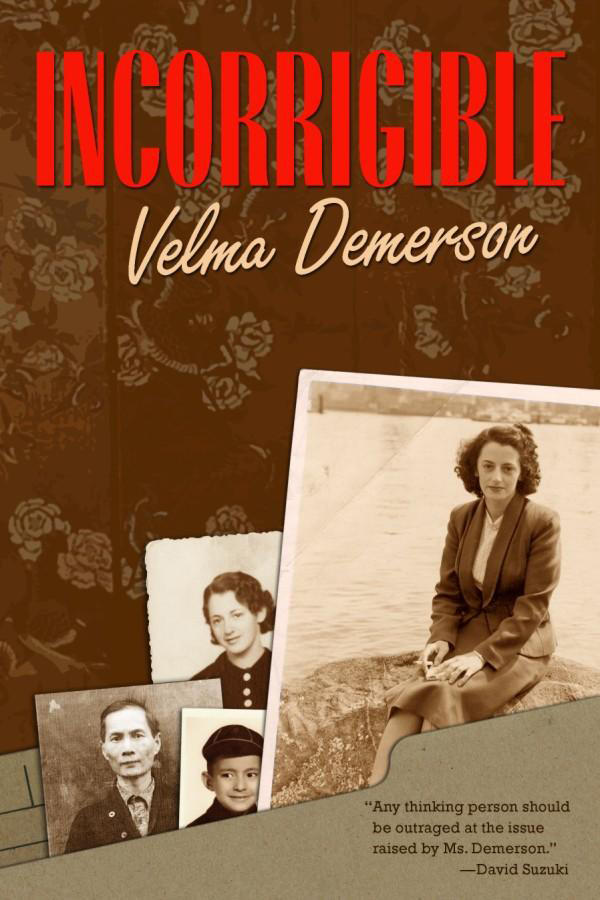Between Totem And Taboo: Black Man, White Woman in Francographic LiteraturePosted in Africa, Books, Europe, History, Literary/Artistic Criticism, Media Archive, Monographs, Social Science on 2009-11-23 21:45Z by Steven |
Between Totem And Taboo: Black Man, White Woman in Francographic Literature
University of Exeter Press
2001
292 pages
Hardback ISBN: 9780859896498
BIC Code: 1HFD, 2ADF, 3JF, 3JH, 3JJ
Roger Little
Between Totem and Taboo picks its way judiciously through a minefield of prejudice, myth and stereotypes. It is the first book to explore the literary representation by authors black and white, male and female, of interracial relations between France and her former territories in West Africa through the special nexus of the white woman and the black man.
Presented as a text-based chronological exploration of the relationship from 1740 to the present day, it reveals how racism distorted such relations for a quarter of a millennium. It will fascinate anyone seriously interested in Black studies, Women’s studies and Postcolonial studies, who will find in it not only many unknown or unconsidered texts but a new angle of approach to their research. All quotations are in French and English.
Roger Little was Professor of French (1776) at Trinity College Dublin until his retirement in 1998. He has an outstanding record of scholarship in French and francophone writing, with particular interests in sub-Saharan Africa and the Caribbean. His academic work has mainly concentrated on modern French poetry and the representation of Blacks in Francographic literature. He has edited several volumes of Textes littéraires for University of Exeter Press. The French government has conferred upon him the rank of Chevalier de l’Ordre National du Mérite and he has been awarded the Prix de l’Académie française: médaille de vermeil du rayonnement de la langue française.
Table of Contents
- Acknowledgements
- Some Key Dates
- Introduction: Between Totem and Taboo
- 1. Eighteenth-century Enwhitenment
- 2. From Taboo to Totem
- 3. Traditions and Transitions
- 4. Opposite genders, Opposite Agendas
- 5. The French Empire Writes Back
- 6. Struggles for Independence
- 7. The Freedom to Choose
- 8. Liberty and Licence
- 9. Full Circle
- Conclusion: Beyond Difference and Indifference
- Notes
- Select Bibliography
- Index



